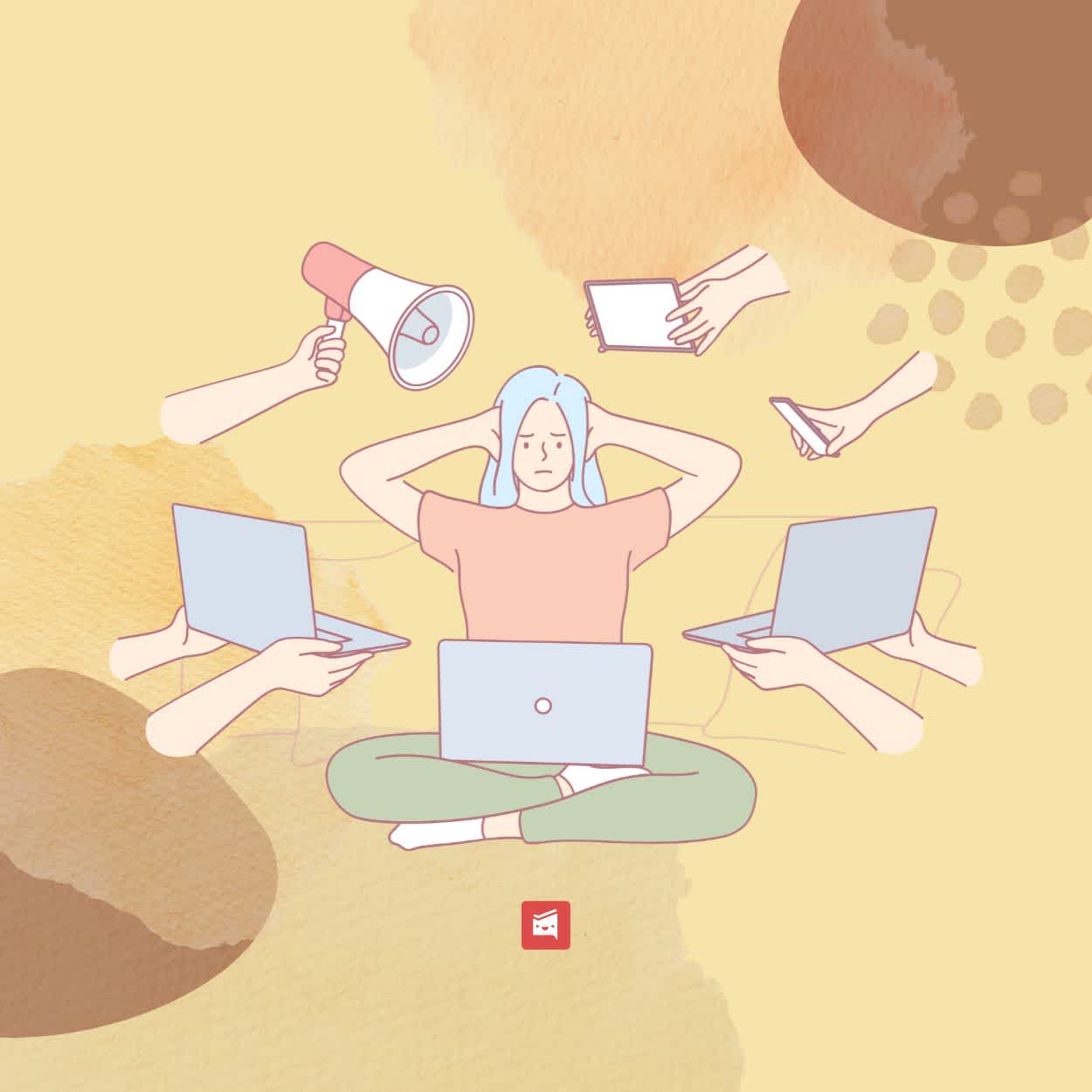Mind Over Multitasking: How To Elevate Your Focus And Team Efficiency
ByJulian Gette
Workast publisher

Workast publisher
Modern workplaces often glorify multitasking, equating it with productivity and professional agility. Beneath this perception lies a significant problem: multitasking tends to fracture attention, reduce cognitive clarity, and foster burnout. Individuals and teams often find themselves busy rather than effective.
The art of true productivity lies not in juggling tasks, but in mastering focus. When focus is cultivated and applied within teams, it transforms workflows, communication, and outcomes. This balance between mental clarity and operational structure defines how modern organizations can move from chaos to coordinated excellence.
Many professionals believe that handling multiple responsibilities simultaneously signals efficiency. In reality, the human brain is designed to concentrate deeply on one cognitive task at a time. Switching repeatedly between tasks taxes mental resources, creates errors, and extends the time required for completion.
Studies on cognitive switching show that productivity drops with every context change, draining energy and focus. By trying to do everything at once, individuals dilute their performance and weaken the team dynamic. Breaking free from this illusion begins with acknowledging that focus gives direction and measurable results.
Fragmented attention carries a hidden cost that affects mental well-being. When constant notifications, open tabs, and cross-departmental demands pull at one’s concentration, the brain operates in a reactive mode. This state limits creativity and long-term planning, replacing strategic thinking with short-term firefighting.
Within teams, this scattered attention manifests as missed deadlines, inconsistent communication, and rising frustration levels. The compounding effect of divided focus can erode trust and slow innovation. Recognizing these patterns is the first step toward reclaiming control over mental bandwidth and setting the stage for meaningful progress.
Maintaining concentration during long work hours or study sessions often depends on small habits that keep the mind alert and energized. Chewing gums designed for focus, such as those available with Neurogum coupon codes, offer a quick and refreshing way to stimulate mental clarity. With options that combine caffeine, vitamins, and amino acids, they provide a portable and effective boost that supports sustained performance.
Many people pair them with hydration, balanced snacks, and brief movement breaks to stay productive. These accessible methods create a reliable rhythm of energy and focus, helping maintain motivation throughout demanding mental tasks. These practices strengthen mental endurance and daily productivity.
Deep work is the antidote to workplace distraction. It prioritizes concentrated effort on high-impact tasks that require cognitive depth and creativity. Organizations that support this mindset establish schedules that include uninterrupted work blocks, minimize digital noise, and encourage goal-oriented planning.
Encouraging employees to protect their focus time sends a message that quality surpasses quantity. Managers who lead by example, by reducing unnecessary meetings and promoting mindful task management, help normalize a culture where clarity and performance coexist. This shift from shallow productivity to deliberate focus builds stronger engagement across all levels of the workforce.
Improving focus requires structure and discipline. Simple techniques like time-blocking, where specific hours are dedicated to particular tasks, help reduce cognitive overload. The Pomodoro method, working in intervals of focused effort followed by short breaks, sustains concentration and prevents fatigue.
Minimizing distractions through workspace organization, disabling non-important notifications, and maintaining a clear task list can transform how the brain processes information. These personal strategies empower individuals to reclaim their attention, leading to faster decision-making and higher-quality work. By nurturing such habits, professionals shift from reactive multitasking to intentional execution.
Team efficiency flourishes when collective attention aligns. Clear communication protocols, task delegation, and structured collaboration reduce overlapping responsibilities and confusion. Tools that streamline project management, such as shared dashboards or task-tracking platforms, give visibility without overwhelming team members.
Meetings should have defined agendas and time limits to prevent energy drain. Encouraging teams to synchronize their focus periods, work deeply, and communicate asynchronously when possible builds momentum. By valuing collective attention, leaders replace constant activity with purposeful coordination, strengthening morale and results.
Technology, though indispensable, remains one of the biggest threats to sustained focus. Constant alerts, social feeds, and app-switching hijack attention and shorten mental stamina. Establishing digital hygiene, like using “do not disturb” modes, limiting screen time, and adopting single-tasking tools, helps regain control over one’s workflow. Teams benefit from shared guidelines on communication frequency and platform use, preventing digital fatigue. Structured digital management encourages thoughtful responses over impulsive reactions. This measured interaction with technology sharpens concentration and supports long-term productivity by preventing cognitive exhaustion.
Single-tasking offers psychological stability that multitasking often undermines. Concentrating on one task reduces stress by eliminating constant transitions and unfinished mental loops. Completing work with full attention fosters satisfaction and confidence, improving emotional health.
Teams that embrace this mindset experience less burnout, better collaboration, and a stronger sense of accomplishment. When individuals see their contributions move projects forward without distraction, it reinforces motivation. This alignment between mental clarity and team purpose forms the backbone of a productive, harmonious workplace. The consistency of single-tasking nurtures a calm focus that strengthens individual well-being and collective success.
Sustaining focus requires consistent reinforcement. Organizations should integrate focus training into development programs, offering workshops on mindfulness, time management, and stress control. Periodic reviews of work patterns help identify recurring distractions and inefficiencies.
Teams benefit from regular check-ins that evaluate mental load, allowing for proactive adjustments. Creating feedback systems that celebrate focused achievements reinforces positive behavior. Focus becomes part of the organizational DNA, transforming how people think, collaborate, and succeed together.
The transition from multitasking to mindful focus represents a profound cultural and psychological evolution. By redefining productivity around clarity and purpose, individuals and teams unlock a level of performance that frantic busyness can never achieve.
When deep concentration replaces divided attention, creativity thrives, communication improves, and collective efficiency rises. The discipline of focus is about doing what matters most with full presence. That clarity of purpose elevates the individual mind and the collective strength of every team.

